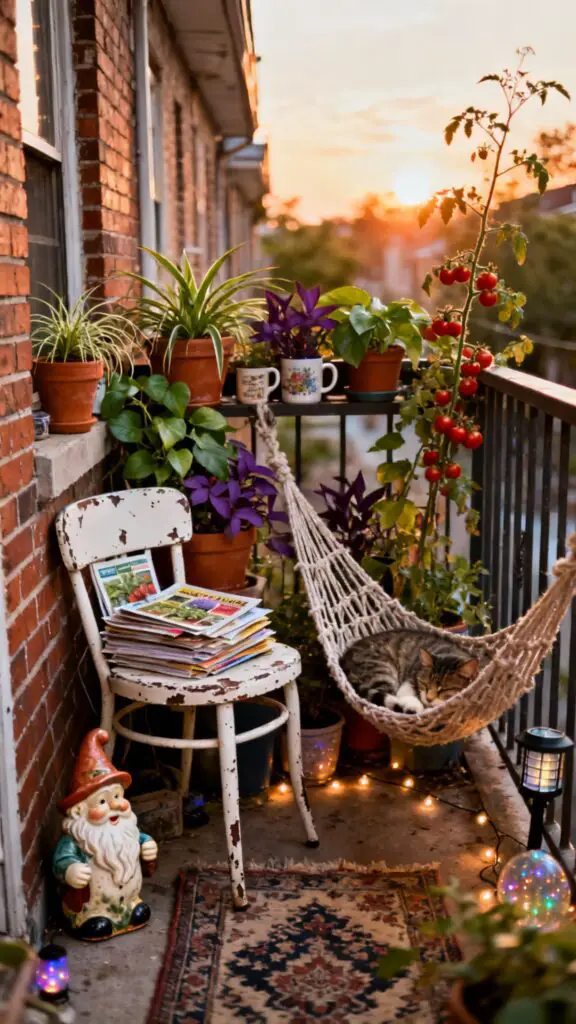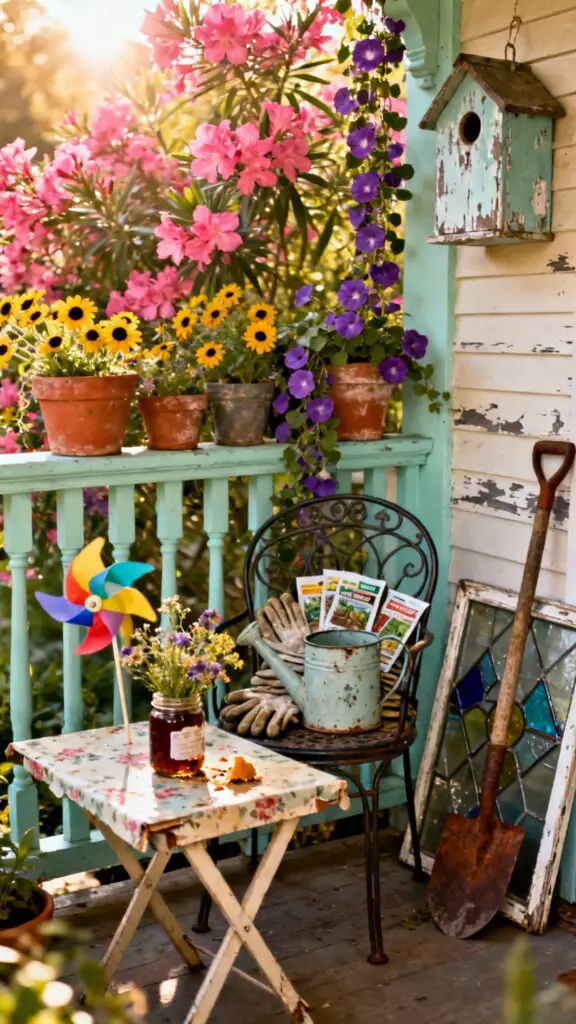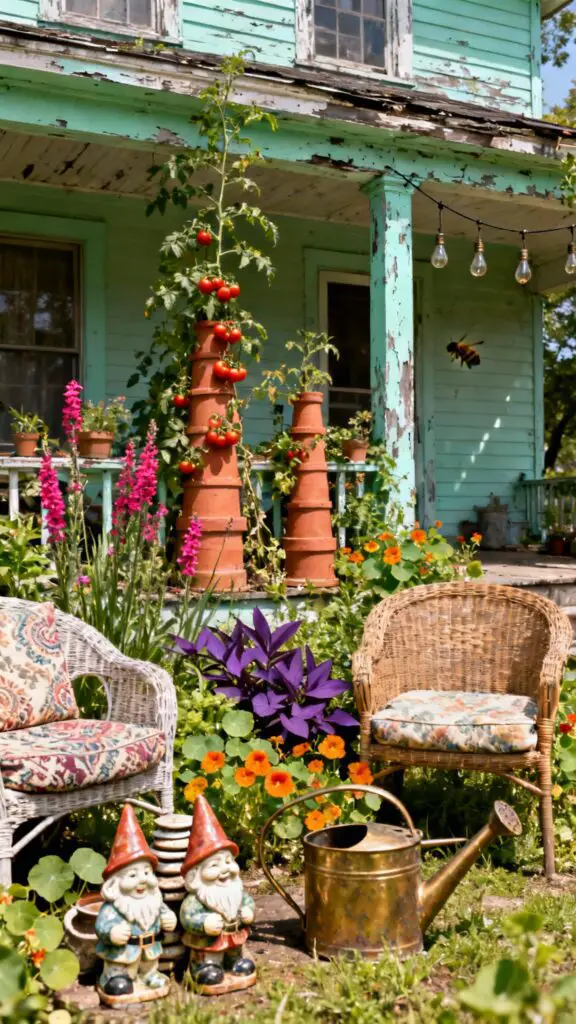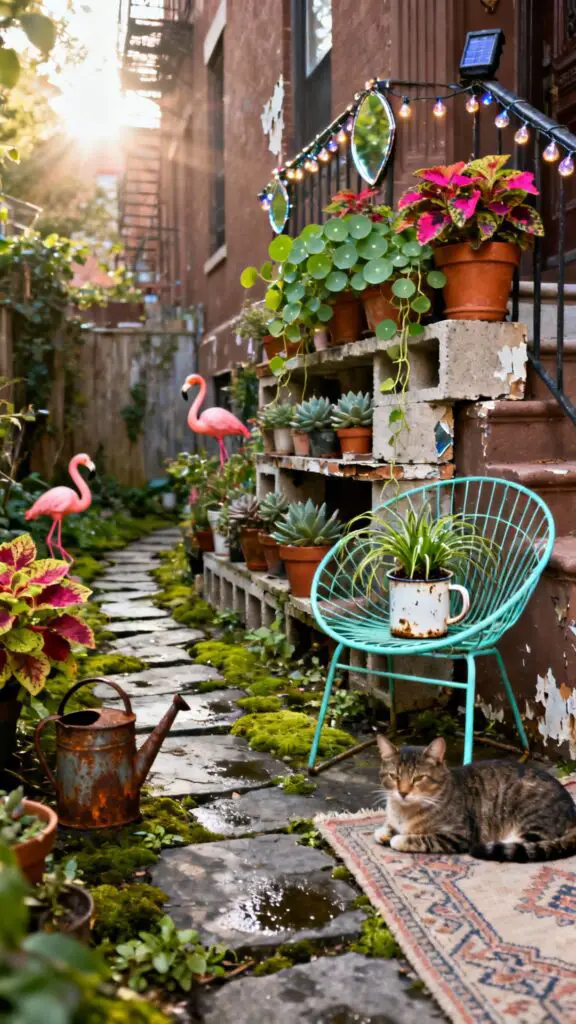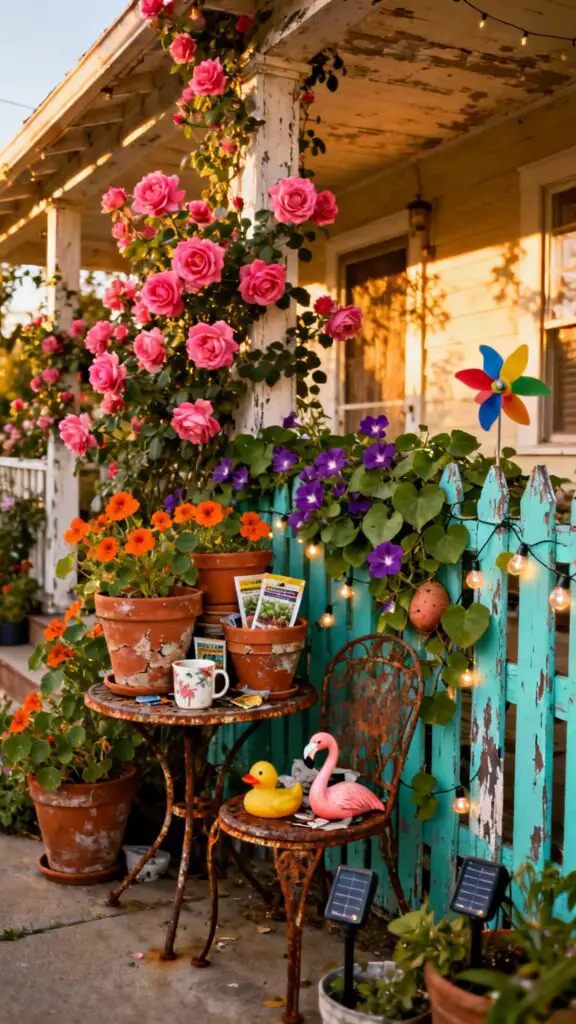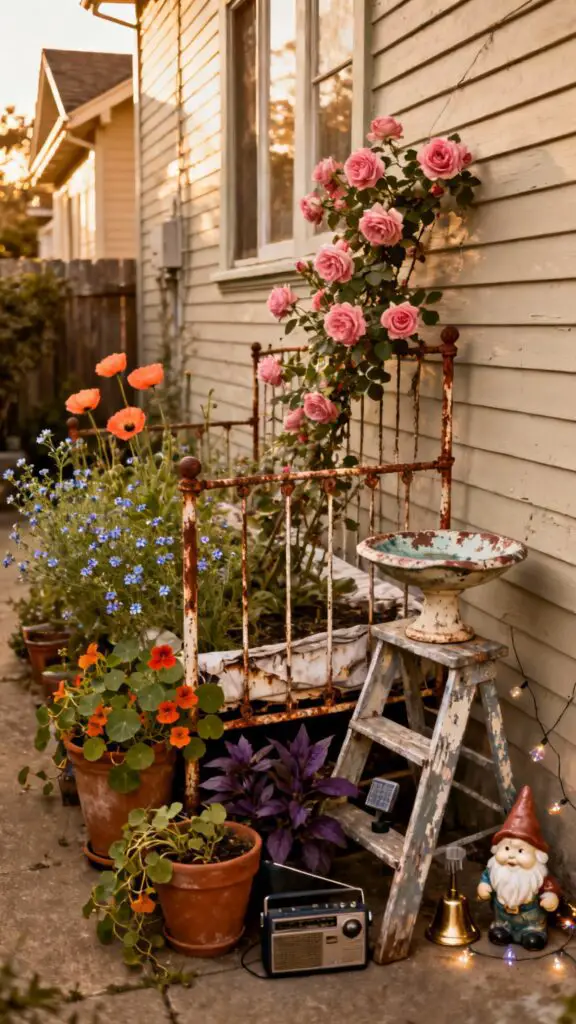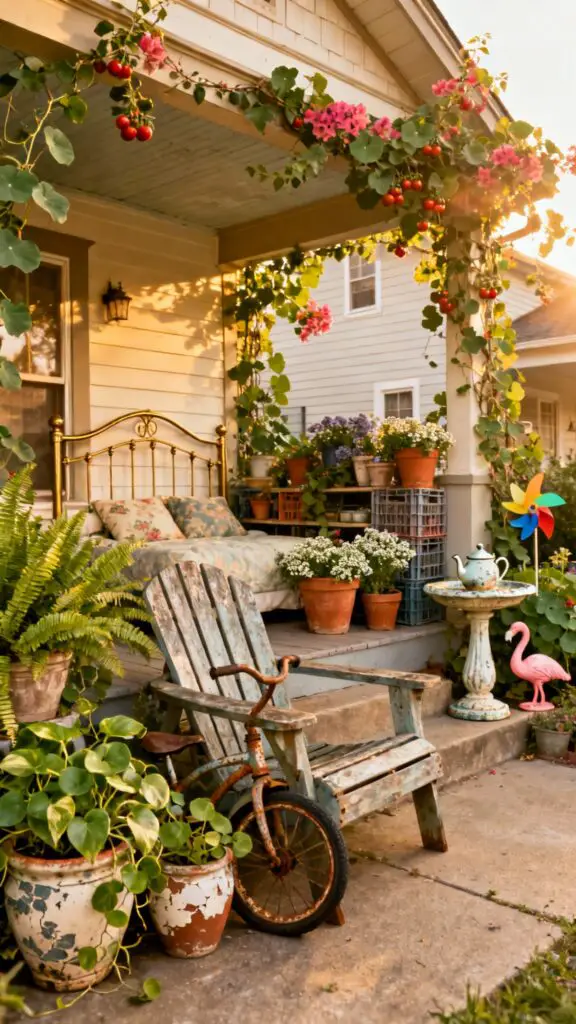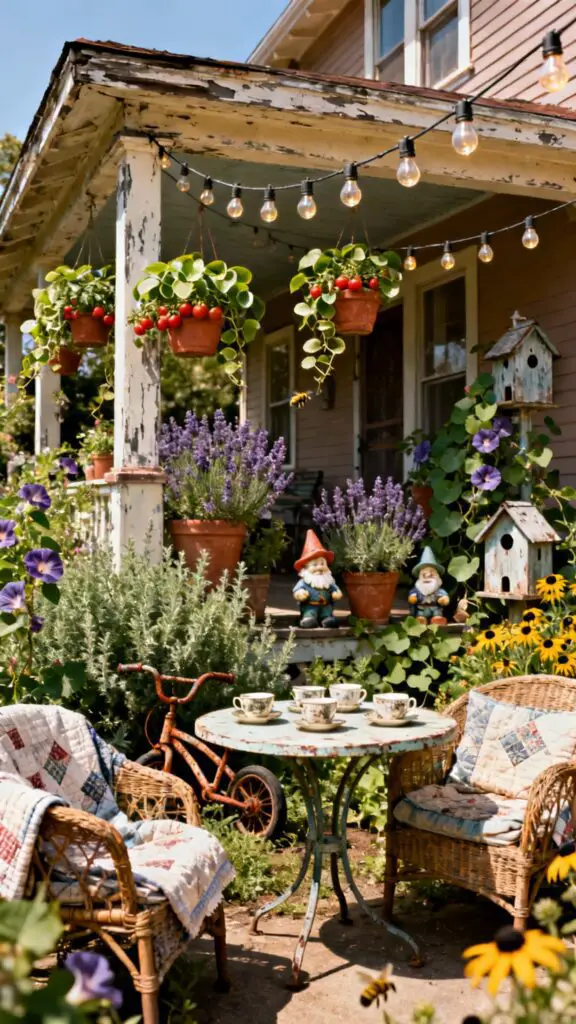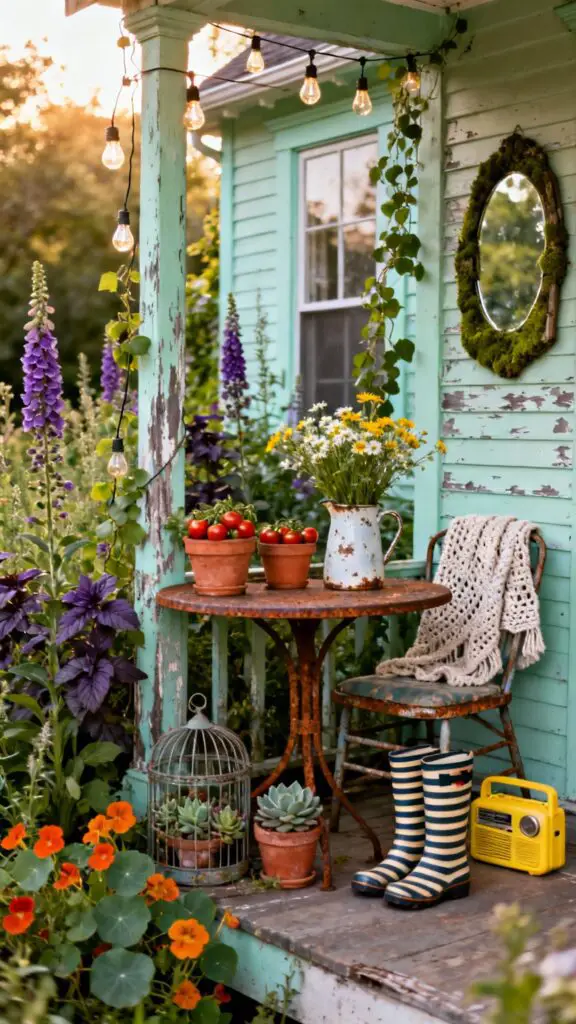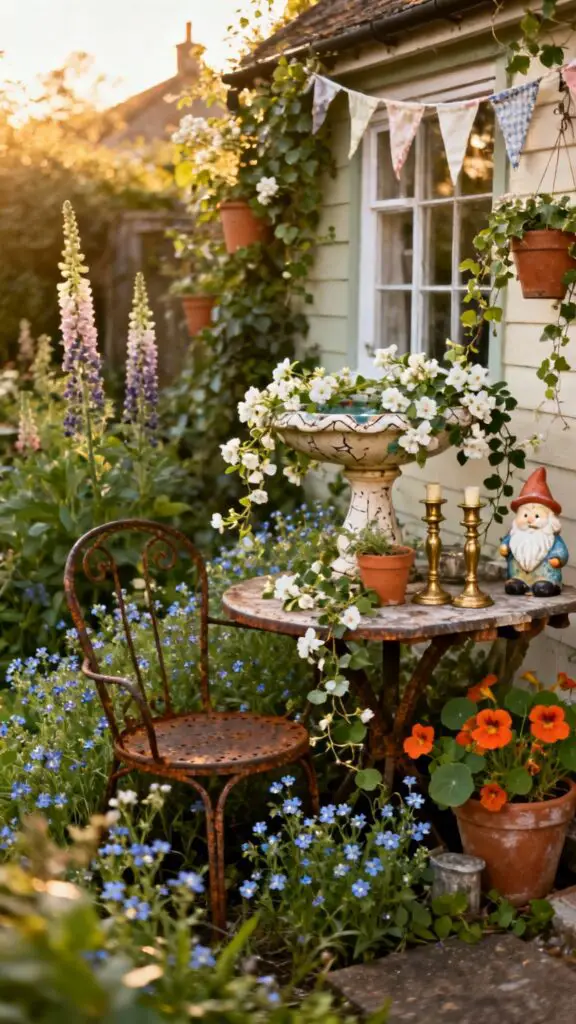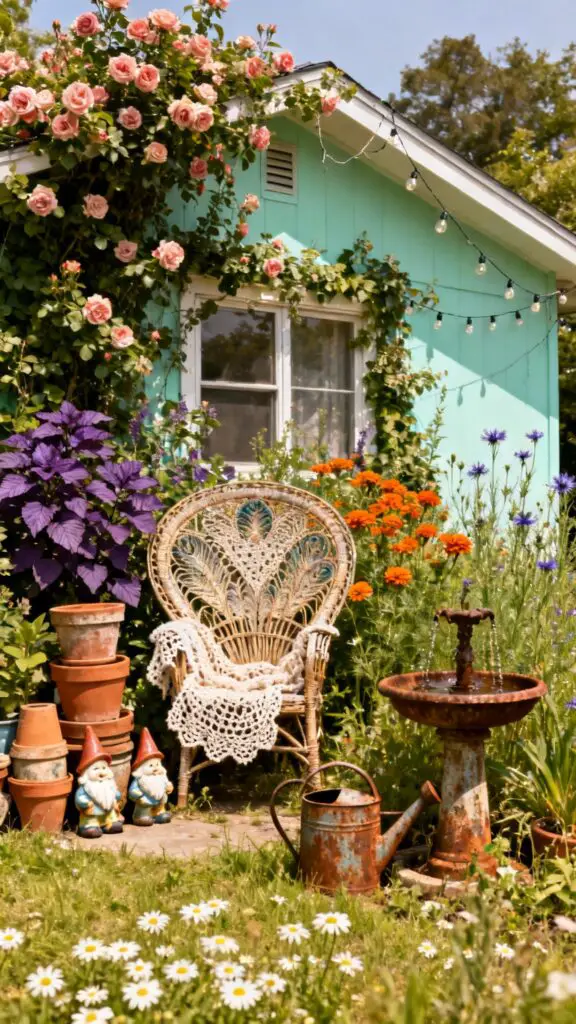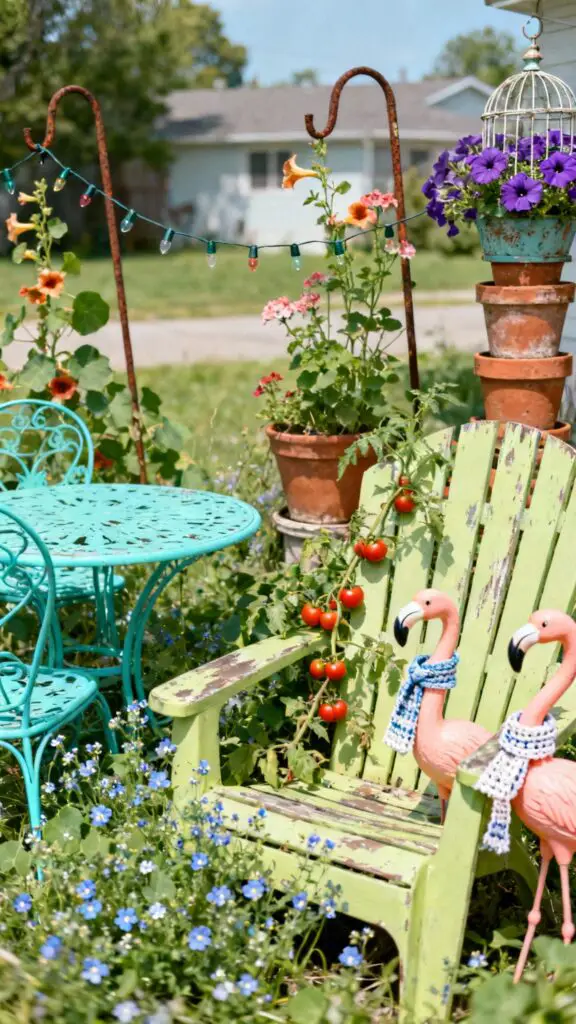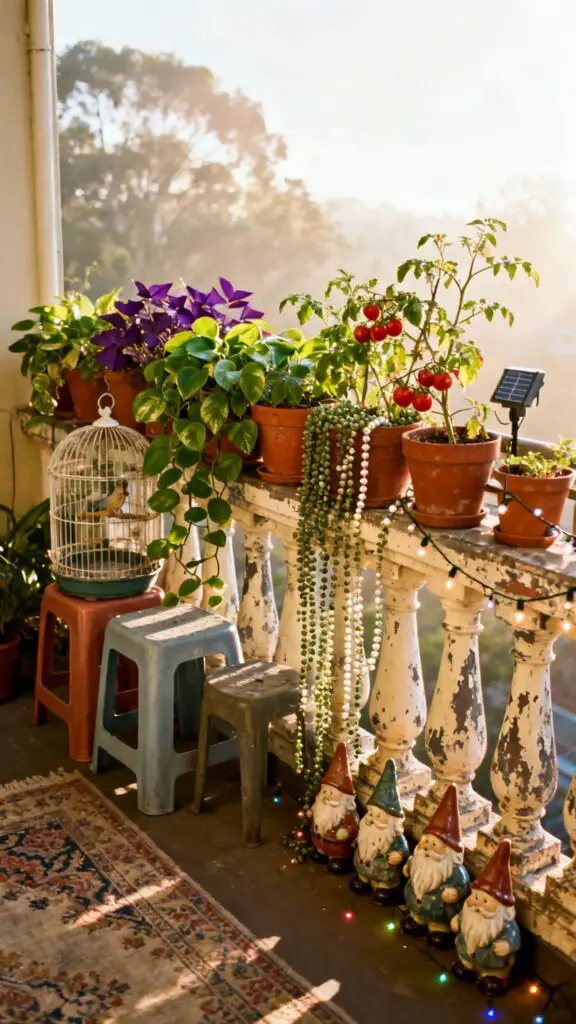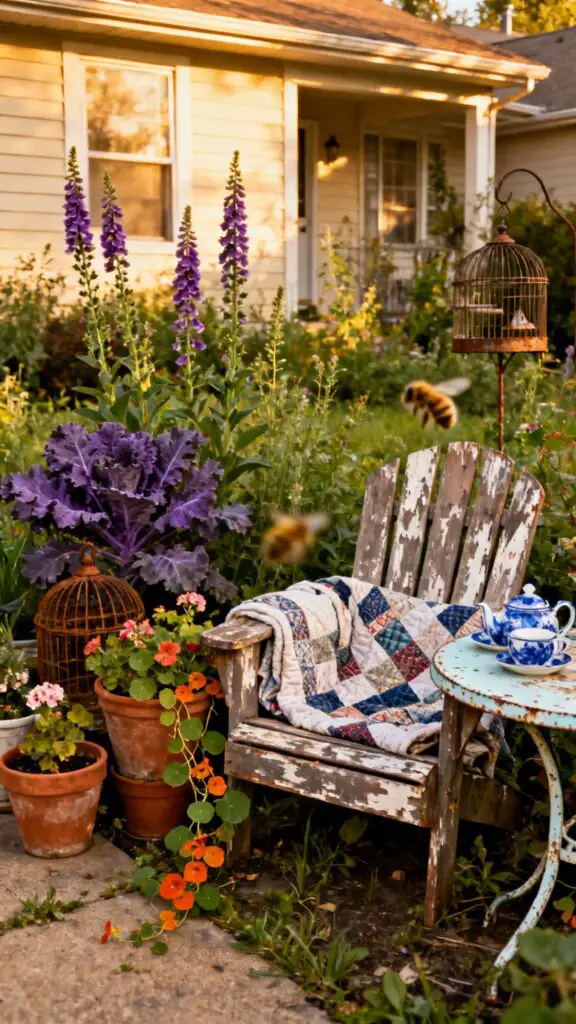Embracing the Beautiful Chaos: Creating Your Own Cluttercore Garden Paradise
Have you ever walked into a garden that made your heart skip a beat? Not because it was perfectly manicured or followed all the design rules, but because it was brimming with personality, surprises at every turn, and a kind of joyful abundance that made you feel alive? That, my friend, is the magic of a cluttercore garden.
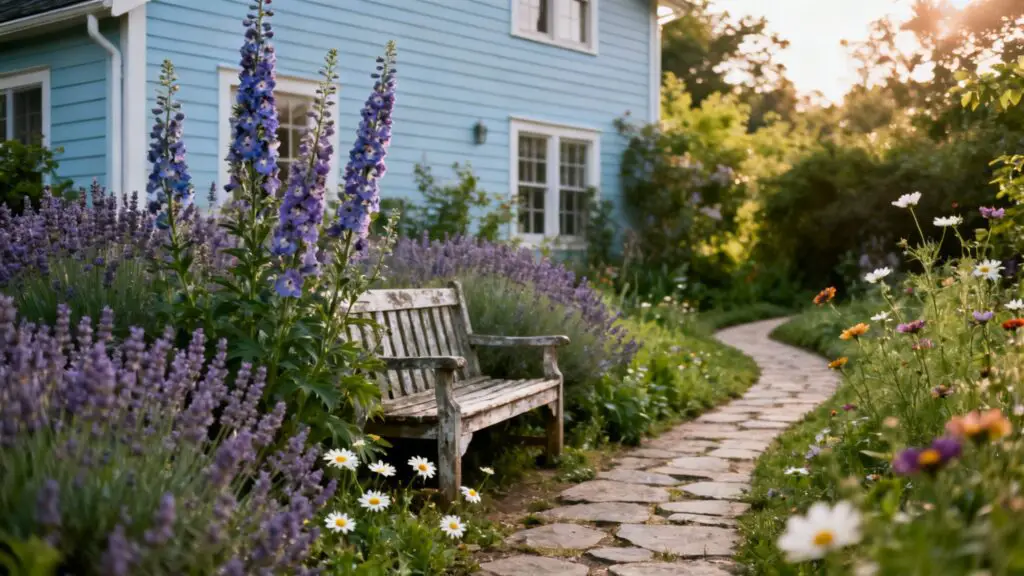
Its magic attracts you because that feeling? You’ve pored over the glossy magazines, you’ve saved a thousand Pinterest pins of those impossibly sleek, minimalist outdoor spaces. They’re all clean lines, serene swathes of a single plant, and vast, echoing stretches of pristine decking. They look… peaceful. And yet, a tiny part of you feels a little restless. A little… underwhelmed.
In a world that’s been obsessed with minimalism and “less is more” for what feels like forever, there’s something wonderfully rebellious about embracing more. More plants, more objects, more textures, more personality. And honestly? I think our gardens have been craving this permission to be gloriously, unapologetically full.
What Exactly Is a Cluttercore Garden?
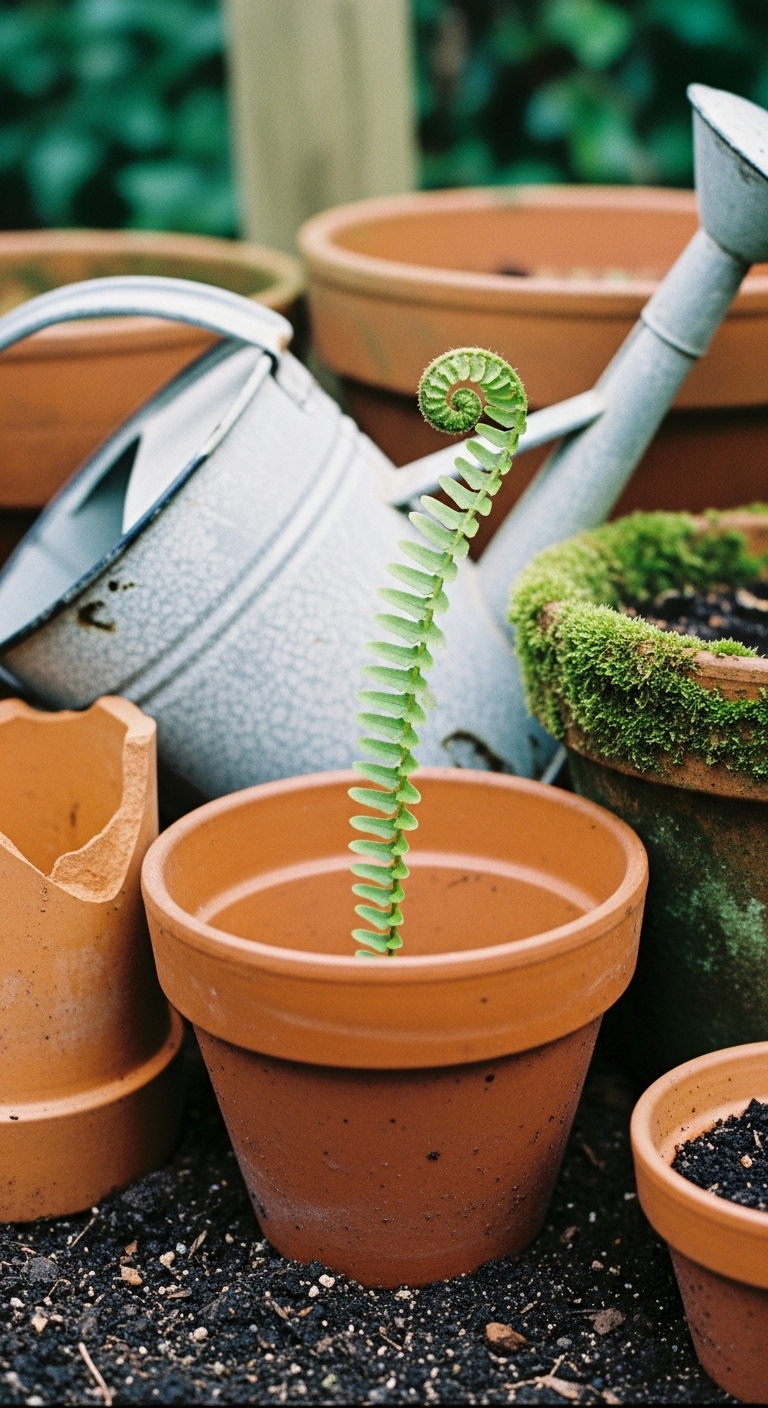
The Philosophy Behind the Abundance
So what’s this “cluttercore” thing all about? At its heart, a cluttercore garden is the antithesis of those stark, minimalist landscapes we’ve seen everywhere. It’s about creating spaces that feel collected over time, deeply personal, and rich with stories. Think of it as the garden equivalent of that eccentric aunt’s house where every surface held something fascinating, and you could spend hours just discovering little treasures.
The cluttercore garden aesthetic celebrates imperfection, eclecticism, and the beauty of “too much.” It’s not about being messy or disorganized—far from it. It’s about intentional layering, thoughtful placement of objects, and creating a sense of wonder through abundance.
Why It’s Resonating Now
After years of carefully curated Instagram-perfect gardens, people are craving something more authentic, more human. We’re tired of spaces that feel like they’re trying to sell us a lifestyle rather than reflect our actual lives. A cluttercore garden says, “This is me. This is what I love. This is what brings me joy.”
And let’s be honest—most of us are natural collectors at heart. We pick up interesting rocks on vacation, inherit plants from friends, find vintage garden tools at flea markets, and accumulate pottery that speaks to us. The cluttercore garden gives us permission to display all these treasures proudly, rather than hiding them away.
Small Cluttercore Garden Ideas: Big Personality in Limited Spaces
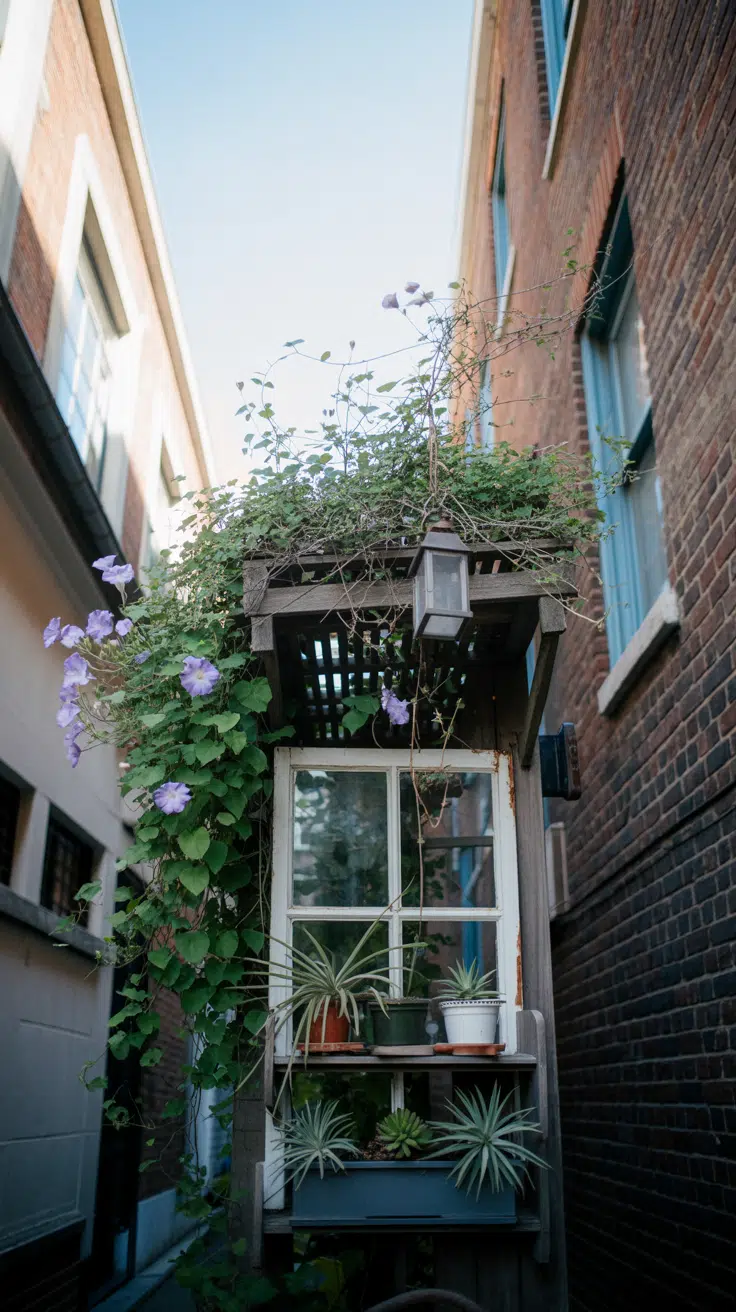
Vertical Magic: Going Up When You Can’t Go Out
Living in an apartment or townhouse with just a tiny outdoor space doesn’t mean you can’t embrace the cluttercore garden aesthetic. In fact, small spaces often make the most dramatic cluttercore statements because every inch is utilized to its fullest potential.
Think vertically. Trellises covered in a mix of climbing plants—maybe some fragrant jasmine intertwined with colorful morning glories and a few trailing succulents for texture. Mount vintage window frames on a wall and hang small planters from them. Create a living wall with an eclectic collection of framed planters, each holding different plants that create a patchwork of colors and textures.
Container Collections: The Perfect Cluttercore Foundation
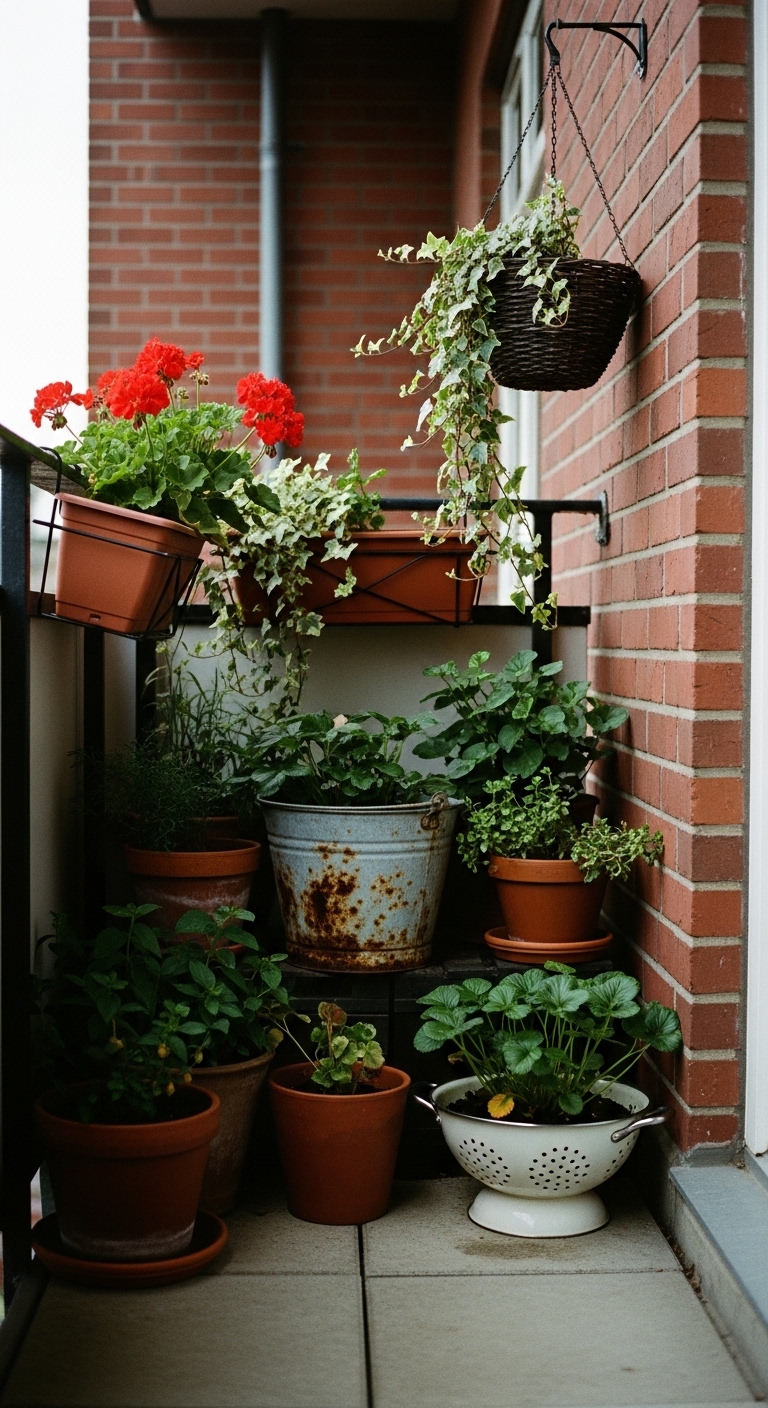
Containers are your best friend in a small cluttercore garden. But we’re not talking about matching sets from the garden center. We’re talking about a glorious mishmash of terracotta pots of all sizes, vintage galvanized buckets, repurposed colanders, old teapots with drainage holes drilled in, and maybe even a pair of worn-out work boots that have been turned into planters.
Group these containers in clusters rather than lining them up neatly. Let them spill onto each other, with trailing plants creating connections between different pots. This creates that lush, abundant feeling that’s at the heart of the cluttercore garden aesthetic.
Cluttercore Garden Design: Creating Intentional Abundance
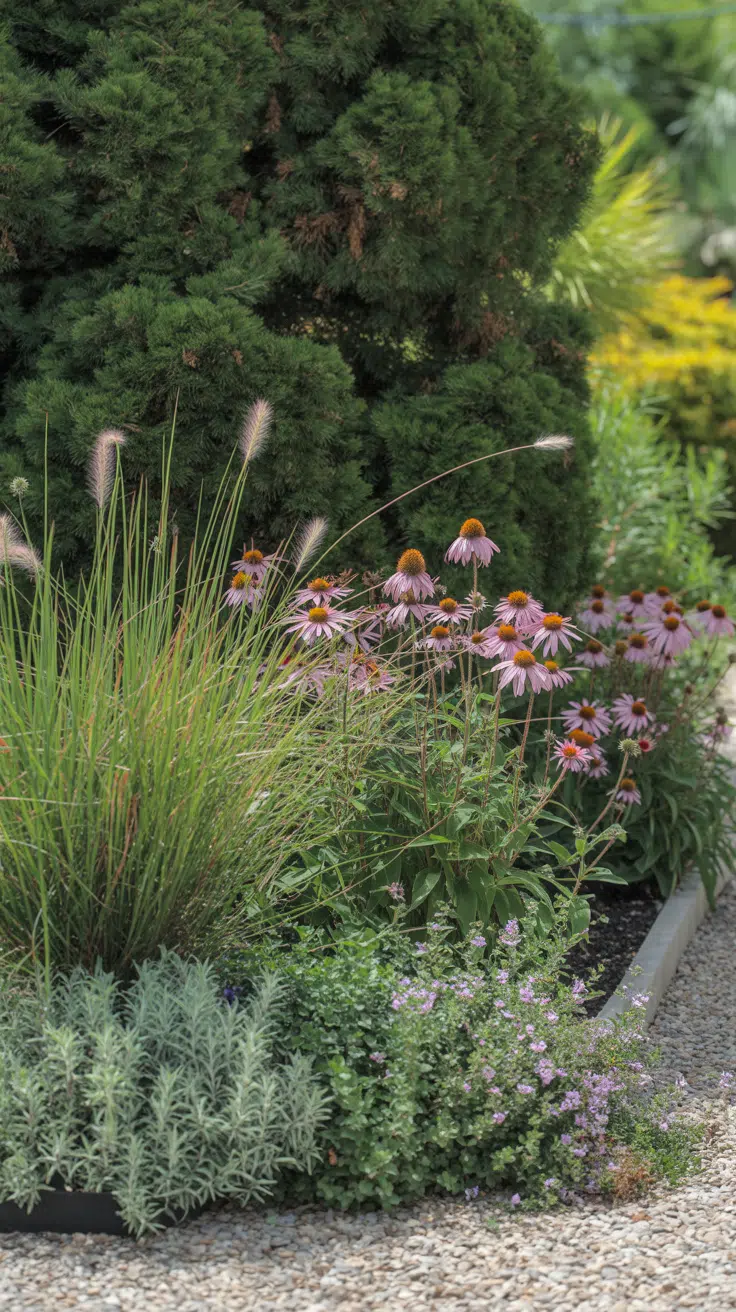
The Art of Layering
Successful cluttercore garden design is all about layering. Start with your backbone plants—maybe some flowering shrubs or small trees that provide structure. Then add mid-height plants like ornamental grasses, flowering perennials, and taller annuals. Finally, fill in the gaps with groundcovers, low-growing annuals, and trailing plants that spill over edges.
But don’t stop there. Layer in non-plant elements too. Place a vintage bench partially hidden behind some tall grasses. Hang a collection of birdcages from tree branches. Tuck small mirrors among the plants to create reflections and the illusion of more depth. Each layer should reveal something new as you move through the space.
Mixing Textures and Materials
Cluttercore gardens thrive on variety. Mix smooth leaves with fuzzy ones, glossy plants with matte ones. Combine different materials in your hardscaping—wrought iron with weathered wood, stone with recycled glass, ceramic with metal.
Create contrast in your plant choices as well. Pair delicate ferns with bold-leafed hostas, spiky succulents with soft lamb’s ear, formal boxwood with wildflowers. The key is variety, but with a sense of intention. Even in abundance, there should be moments where certain elements are repeated to create rhythm and cohesion.
Creating Focal Points
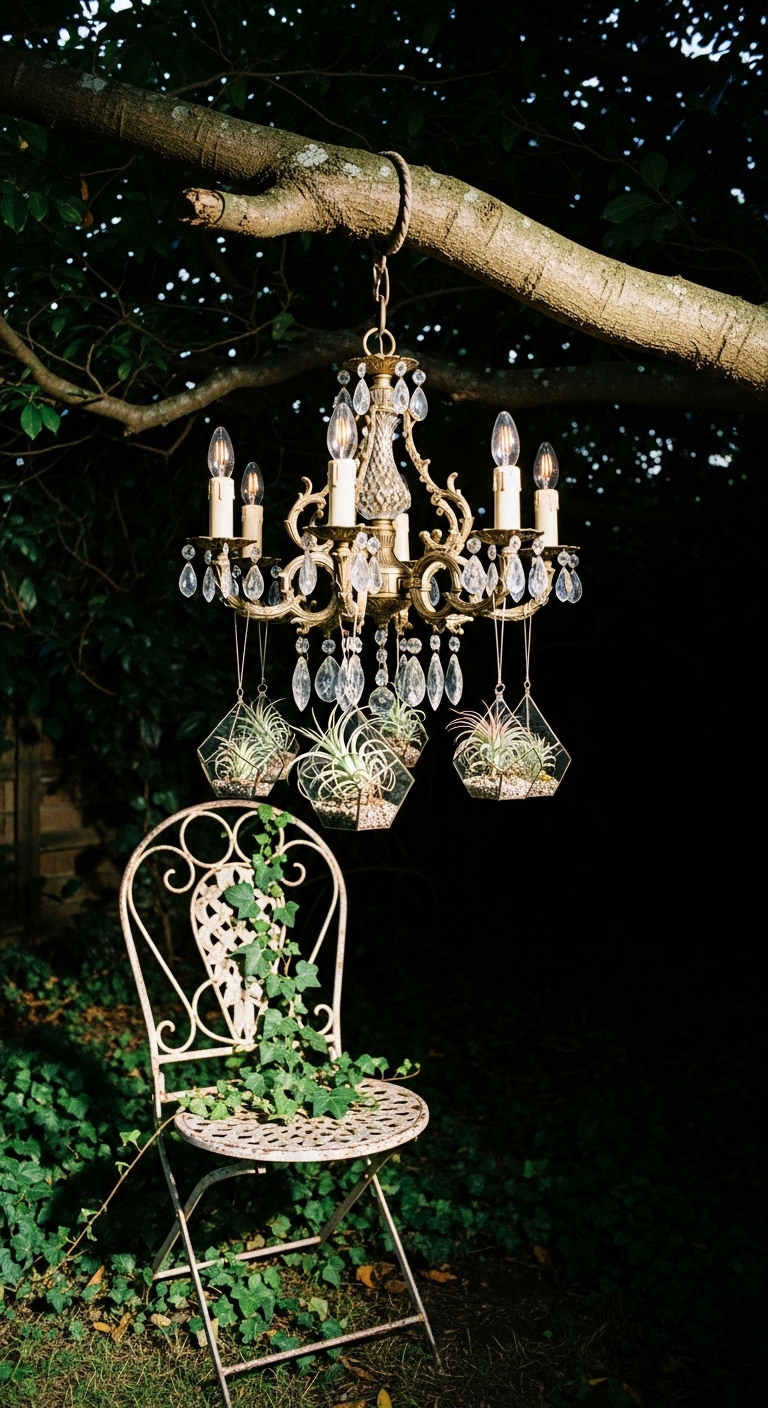
With so much happening in a cluttercore garden, you need strategic focal points to give the eye places to rest. This could be a vintage birdbath, a unique sculpture, a particularly dramatic plant, or even a sitting area with colorful cushions and an eclectic collection of pots.
These focal points don’t have to be expensive. I once created a stunning focal point using an old chandelier spray-painted in a vibrant color and hung from a tree branch, with crystals replaced with small glass terrariums. It became the talk of the neighborhood and cost me almost nothing.
Cluttercore Garden Decor: The Personal Touches That Make It Yours
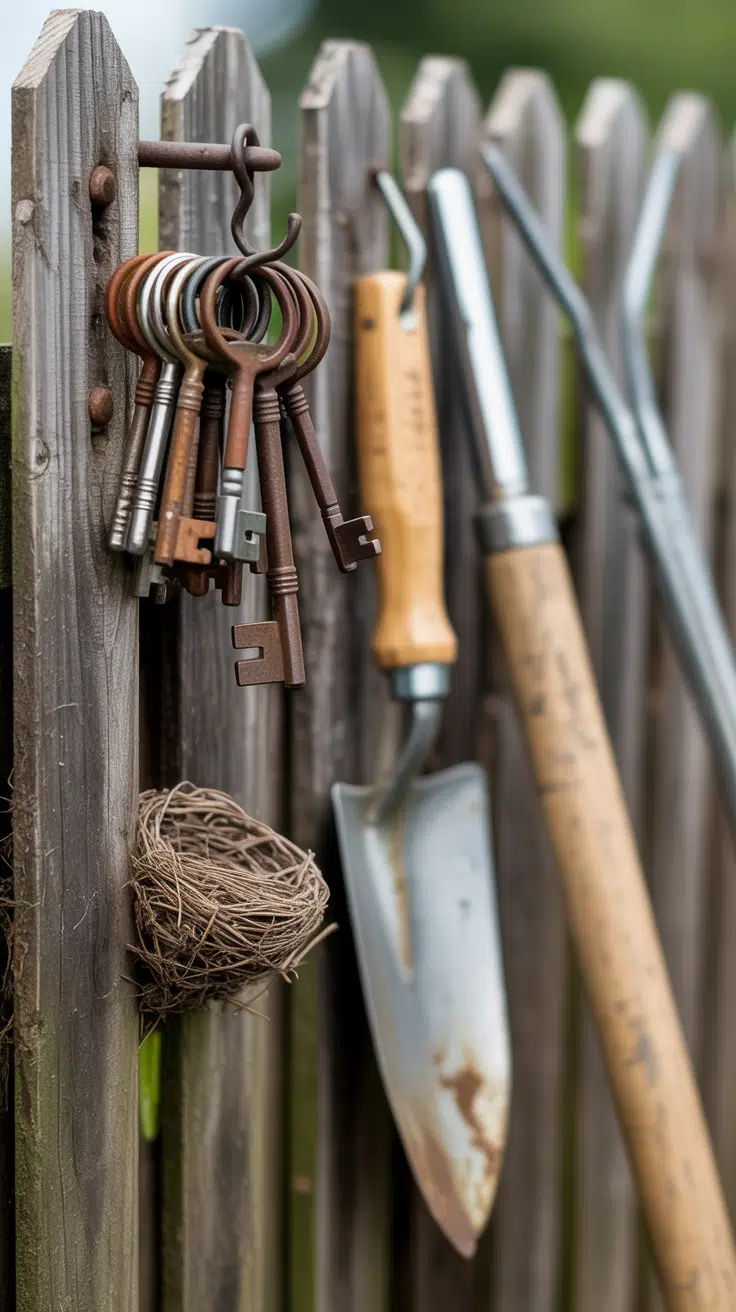
Vintage and Found Objects
The soul of a cluttercore garden lies in its decorative elements. This is where your personality really shines through. Scour flea markets, antique shops, and even your own attic for treasures that speak to you.
Vintage garden tools arranged on a fence or wall create both visual interest and a sense of history. Old windows and doors can be used as backdrops for plantings or as trellises. Colored glass bottles tucked among plants catch the light beautifully. Vintage watering cans, even if they no longer hold water, make charming planters.
DIY Elements with Character
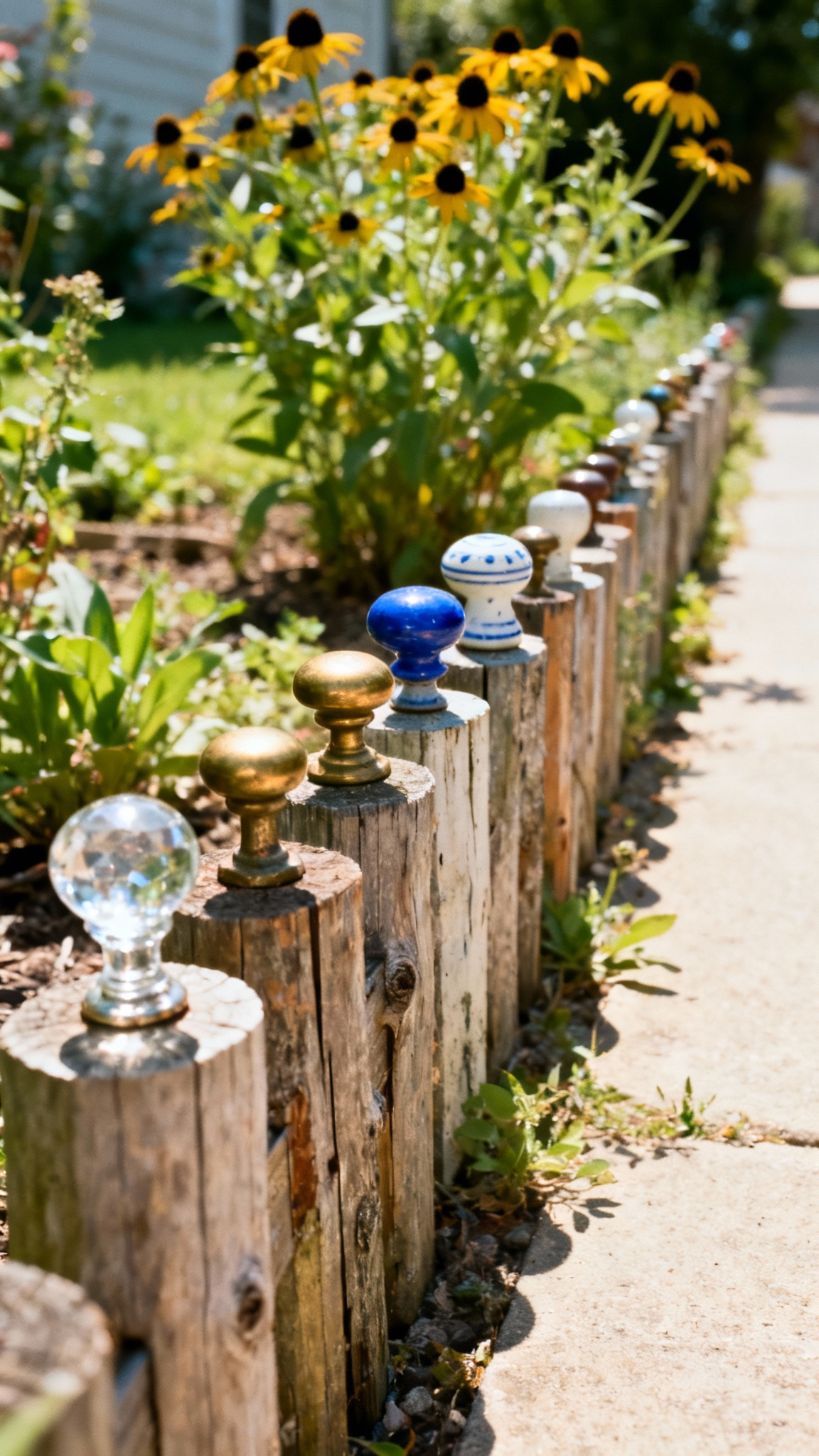
Part of the joy of cluttercore is that it celebrates handmade and imperfect elements. Create your own garden art using found materials. I once made a whimsical fence using old doorknobs mounted on wooden posts—each one was different, and together they created something truly unique.
Consider making your own stepping stones using concrete and embedding treasures like sea glass, old keys, or ceramic shards. Build a small “fairy house” from twigs and bark. Create wind chimes from old silverware. These personal touches are what transform a garden from merely decorative to deeply meaningful.
Plant Combinations That Tell a Story
In a cluttercore garden, plants aren’t just plants—they’re characters in your story. Choose plants that have personal meaning. Maybe you propagate plants from your grandmother’s garden, or grow flowers that remind you of special places you’ve visited.
Create combinations that evoke different moods. A grouping of white flowers and silver foliage can create a moon garden that glows at dusk. A collection of hot-colored annuals can make a bold statement in a sunny spot. A corner of shade-loving plants with interesting textures can create a peaceful retreat.
Achieving the Perfect Cluttercore Garden Aesthetic
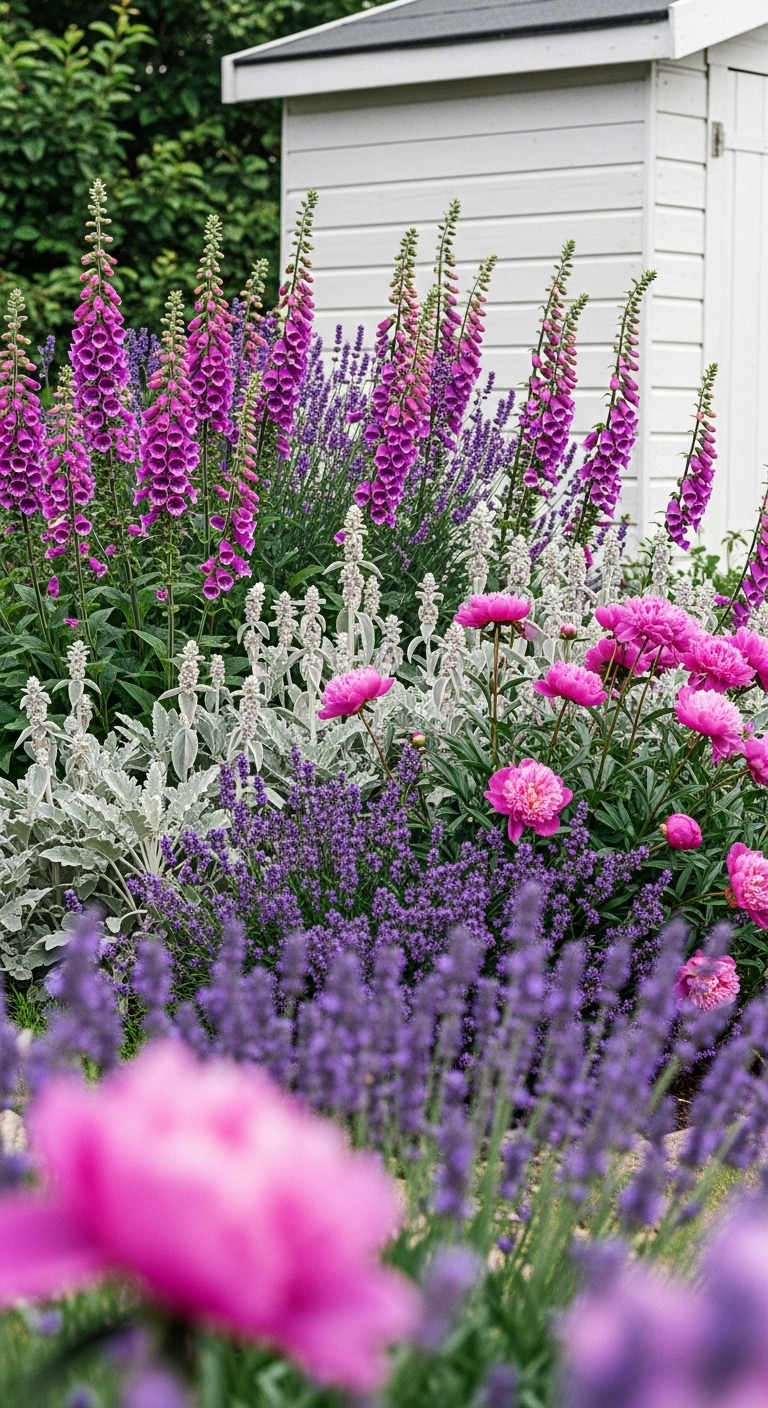
Color Schemes That Harmonize the Chaos
With so much happening in a cluttercore garden, color becomes your unifying element. This doesn’t mean everything should match—far from it. But having some color threads running through your space helps create cohesion.
You might choose a dominant color family (perhaps purples and pinks) and then use other colors as accents. Or you could go for a rainbow approach but repeat certain colors throughout the garden to create rhythm. Don’t forget foliage colors too—variegated leaves, deep purples, silvers, and blues can provide continuity when flowers aren’t in bloom.
Finding the Balance Between Clutter and Chaos
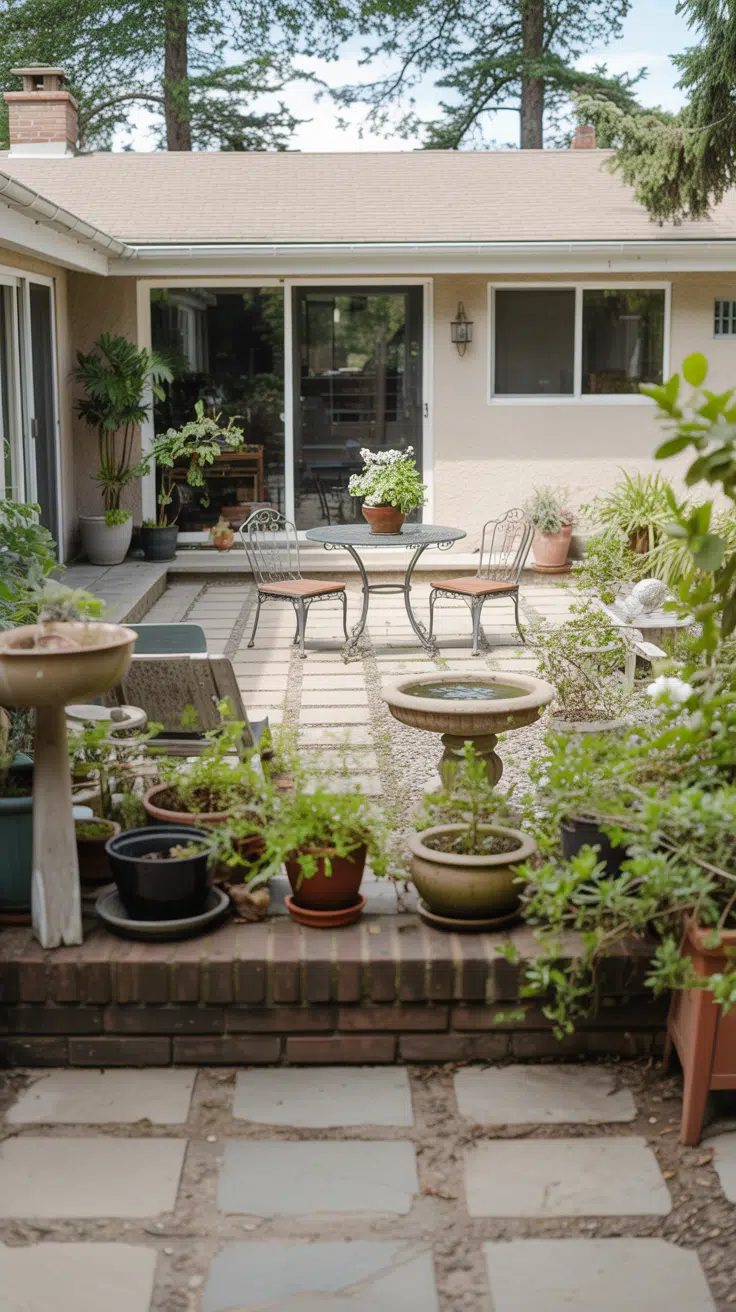
Here’s the thing about cluttercore—it’s intentionally curated abundance, not random mess. There’s a fine line between a garden that looks charmingly full and one that just looks neglected.
The key is editing. Even in a maximalist space, some elements need to be removed or relocated. Step back regularly and look at your garden with fresh eyes. Is there too much of one thing? Are there areas that feel empty? Does the eye flow naturally through the space?
I find it helpful to take photos of the garden from different angles. The camera often reveals what our eyes miss in person. If something looks off in a photo, it probably needs adjustment.
Making It Uniquely Yours
The most important aspect of the cluttercore garden aesthetic is that it reflects YOU. Your collections, your tastes, your memories. Don’t worry about following rules or creating something that will impress others. This is your personal sanctuary.
Include elements that represent your interests. If you love to read, create a cozy reading nook with a collection of vintage garden chairs and a small table for your books and tea. If you’re a bird watcher, incorporate multiple feeders, birdbaths, and plants that attract birds. If you have children, include whimsical elements that will spark their imagination.
Maintaining Your Cluttercore Garden Without Losing Your Mind
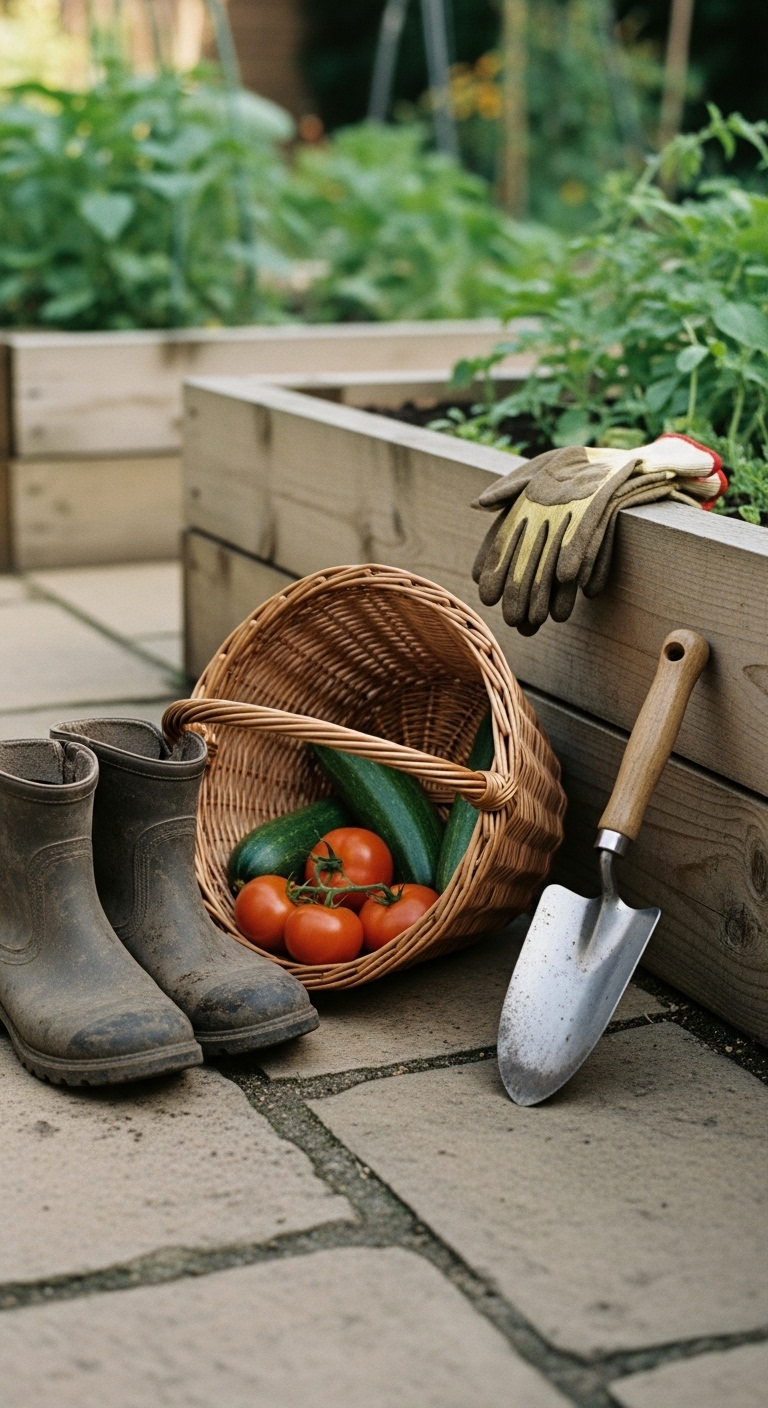
Practical Maintenance Strategies
Let’s be honest—a garden this abundant can feel overwhelming to maintain. But with some smart strategies, you can keep it beautiful without spending every waking moment in the garden.
First, choose plants wisely. Include plenty of low-maintenance options that will look good even when you don’t have time to fuss over them. Group plants with similar water and sunlight needs together to make care more efficient.
Consider installing drip irrigation or soaker hoses to make watering easier. Apply a thick layer of mulch to suppress weeds and retain moisture. And don’t be afraid to let some areas go a bit wild—part of the charm of cluttercore is that it doesn’t look perfectly maintained.
Seasonal Updates and Evolution
A cluttercore garden is never “finished.” It evolves with the seasons and with your own changing interests. Embrace this evolution as part of the charm.
In spring, focus on adding fresh annuals and dividing perennials. Summer is for enjoying the abundance and doing regular maintenance. Fall is perfect for adding mums, pumpkins, and other seasonal elements. Winter offers opportunities to showcase structural elements and add evergreen accents.
Keep a garden journal with photos and notes about what worked and what didn’t. This will help you make better decisions each year and track how your garden evolves over time.
Creating Your Own Cluttercore Paradise
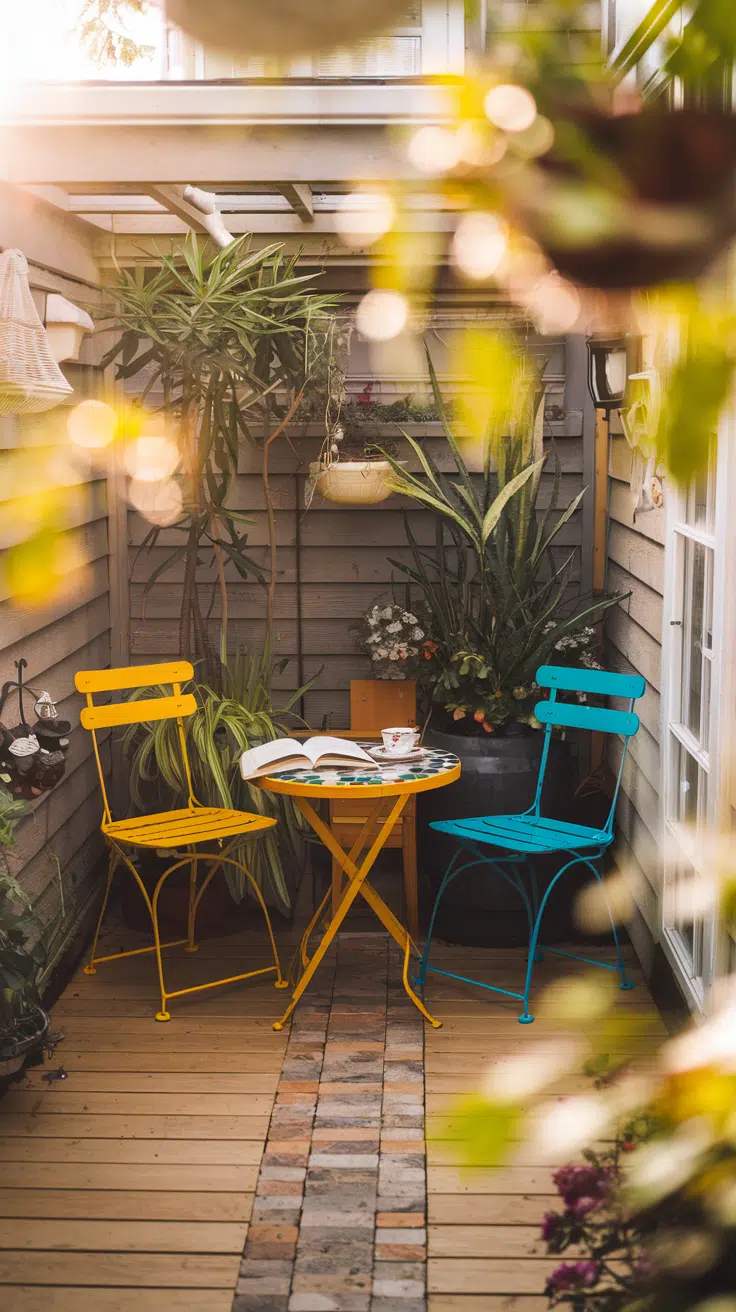
Starting a cluttercore garden can feel intimidating, especially if you’ve been conditioned to believe that good design means restraint. But I promise you, once you give yourself permission to embrace abundance, you’ll wonder why you ever held back.
Start small. Choose one corner of your garden or even just one container to experiment with the cluttercore aesthetic. Add more plants than you think you need. Include some personal objects. Step back and see how it feels.
As you gain confidence, expand your cluttercore elements. Trade plants with friends. Add more decorative objects. Create new seating areas. Let your garden become a living reflection of your life and experiences.
Remember, there’s no “right” way to create a cluttercore garden. The only rule is that it should bring you joy. If looking at your garden makes you smile, if it feels like a true expression of who you are, then you’ve succeeded.
So go ahead—embrace the beautiful chaos. Surround yourself with plants and objects that tell your story. Create a garden that doesn’t just look good, but feels like home. Your cluttercore paradise is waiting.

